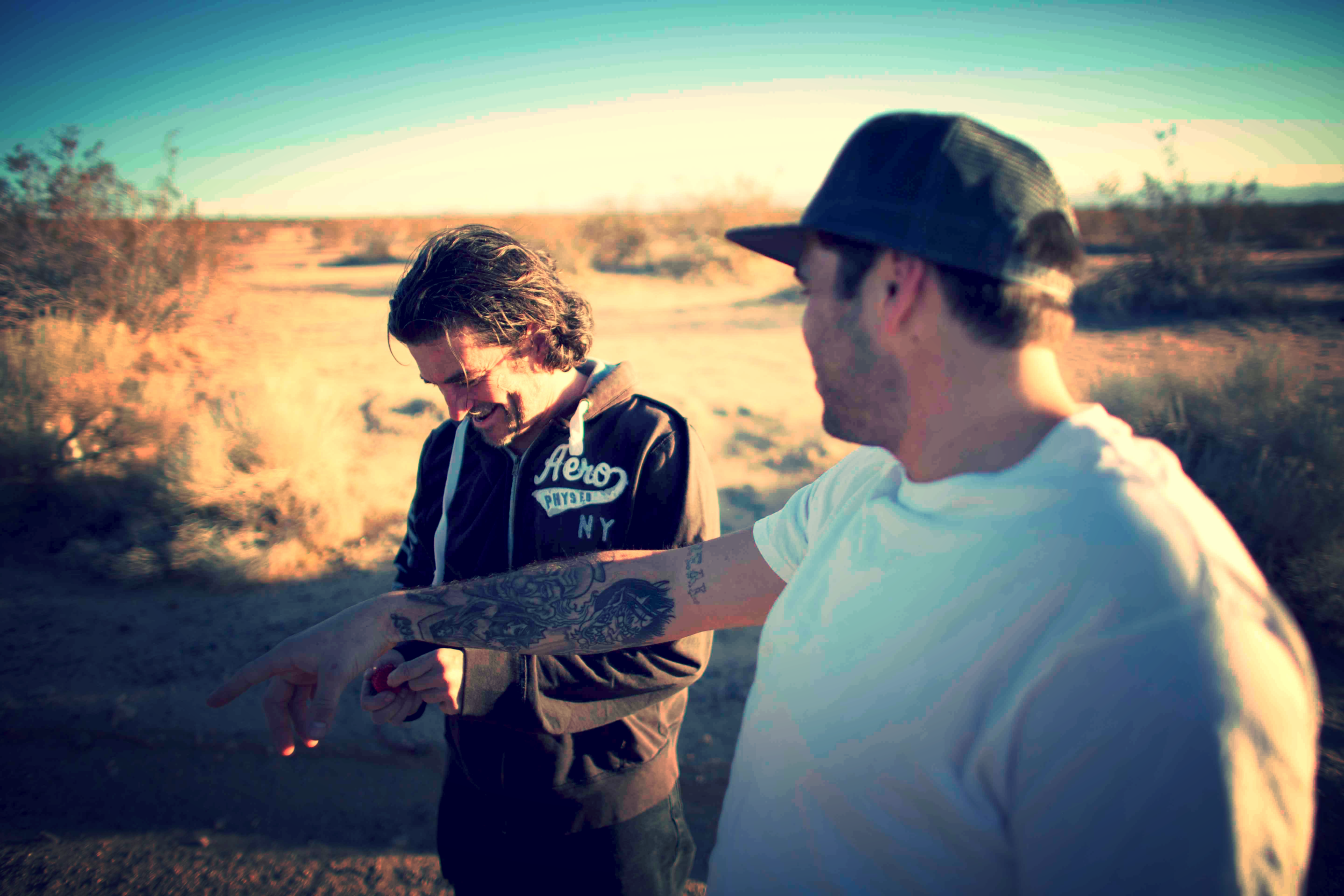I came to pickup the beautifully patinated car, a well-used sea-foam green 1972 Chevy Malibu. We had already filmed two days with the small block V8. I drove up to the Los Feliz auto shop and there it was... but something was wrong. It wasn't the same car I had known just a week ago. The vehicle was stripped down in the middle of the lot. The bumpers and windows had been pulled off and the paint sanded down. It was clear that the car was no longer a character in our film. No bueno as they say. This was 5 months ago.
The 1972 Malibu in all its glory. (Pre-destruction)
After many many script rewrites later, the film 'Nowhere' is now finally in post-production. Like any worthwhile project, it has been a challenging out-of-pocket art film. Persistence, a good deal of luck, and fantastic friends has made this project a success. Producing nightmares like the car situation eventually worked itself out but it took a great deal of hard work. My crew and I forged ahead and recognized that in order to pull this film off, we would need to prep for one day at a time. This meant that we'd be moving at a turtles pace. But that was okay. It had to be okay, it was the only way this film was going to be able to get made.
The process of getting one day in the can came out to being roughly a week of work. It began with searching for a location on Google maps in the desert regions of California. I found a handful of locations and marked them out. Then my DP, John Brankin and I set out into the desert and after some time, we found a fantastic diner location in Palmdale.
David Castro (Left) and Kyle Waters Geller (Right) taking a break in between scenes.
In half-broken Spanish I worked out a deal with the owners. If I fed the crew at their restaurant, we would be allowed to film there as well. They were very kind. So It was finally time to switch hats and go into directing mode. I modified my shot list with the new location in mind, got prepped, and went out to the desert to shoot one days scene.
Francis Ford Coppola said in an interview, " I don't think there's any artist of any value who doesn't doubt what they're doing."
Francis Coppola on the set of 'Apocalypse Now'.
I'd be lying if I didn't admit that this has be an arduous process. The uphill battle to shoot this film has taught me something. It became apparent to me that after going through all of these hardships, this film made us wiser and stronger people and artists. In short it indicates that this was a worthy pursuit that made us better off now than before we began this project. I can't think of anything in life worth going after that's easy to get. You have to wrestle with it. and looking back, its much easier to say that it was worth the fight.








